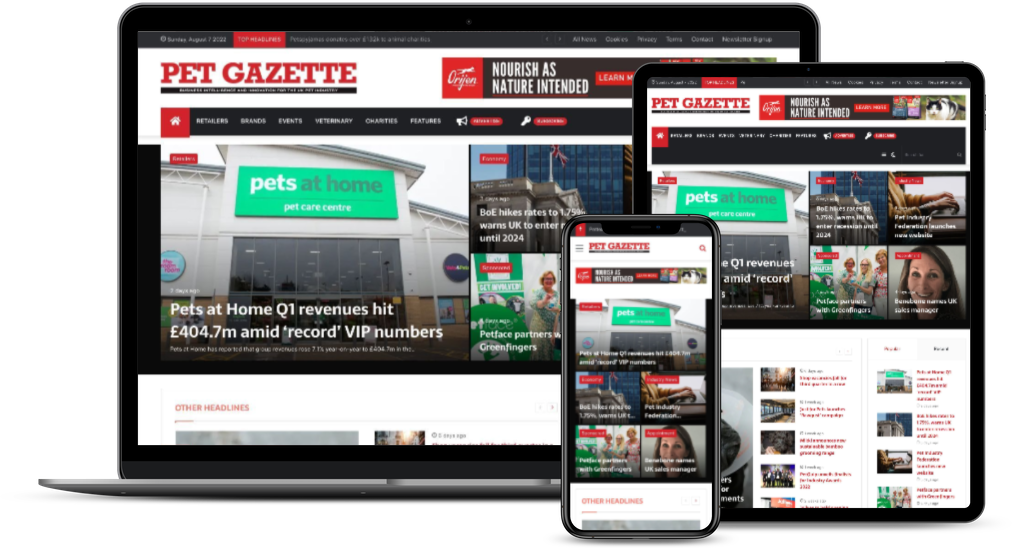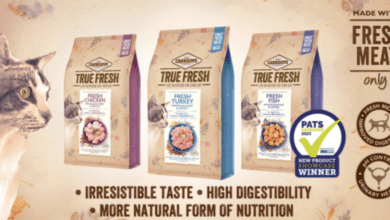Strength in numbers: tackling poor health and welfare together

Images of flat-faced dogs seem to be everywhere – from greetings cards to TV adverts, pictured with the latest celebrity owners in the press, on social media and even mobile banking apps. Whether mass media merely reflects, rather than shapes, our reality is up for debate, but feedback from vets makes it clear that the ubiquity of these ‘cute’ images is playing an active role in driving the public appeal of brachycephalic breeds.







